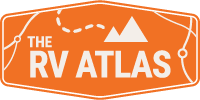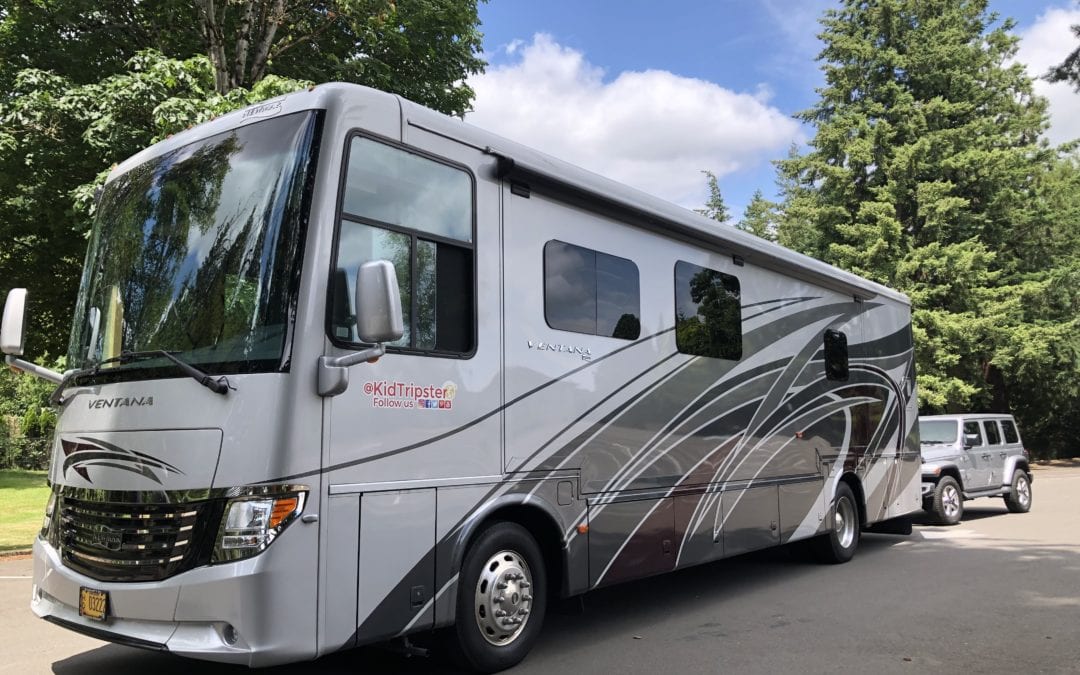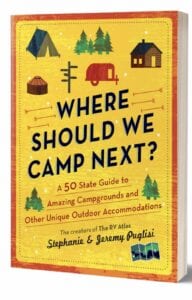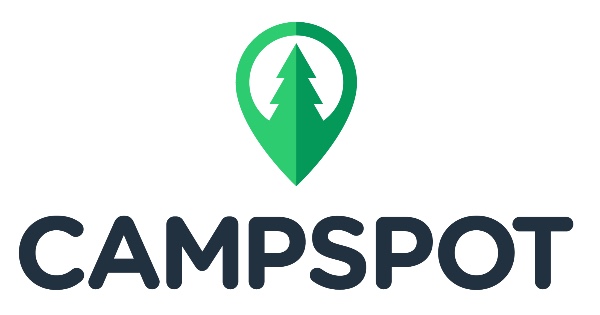To tow or not tow? Deciding whether or not to install a tow bar on your motorhome is a more complicated question than you might think. On one hand, towing a car (often called a “toad” or “towable”) behind you can make your motorhome more difficult to maneuver. On the other hand, having a toad makes those excursions away from the campground much easier. Which option is right for you? There’s no easy answer.
On our most recent podcast episode, we talked with Shellie Bailey-Shah, editor of KidTripster, an online resource that provides information and inspiration to families traveling anywhere in the world. Shellie and her family travel in a 38’ Newmar Ventana Class A motorhome, and they have extensive experience traveling both with and without a car in tow.
How to Explore National Parks without a Towable

Shellie and her family have visited 45 national parks, which is an enviable number for sure. How do they navigate the notoriously tight roadways of those beautiful state and national parks in a long motorhome? Shellie says it all comes down to research. Before you go, you need to check the length restrictions for both the campgrounds AND the roadways. There are some that simply do not allow longer vehicles.
If you are able to take your rig through the gates but don’t want to drive through a busy park, Shellie recommends parking at a visitor center. Many offer parking spots suitable for oversized rigs, but again, you must research your options before you arrive. Shellie made the mistake once of arriving onsite without doing her research, resulting in a spine-shivering parking experience at Cuyahoga National Park.
To listen to Shellie describe her experience–click on the media player above! You can also listen in Apple Podcasts, Stitcher, Spotify, Google Podcasts, or your favorite podcast app.
Here are some more quick tips for visiting national parks without a towable:
- Check out your location using the “street view” feature of Google Maps to get a good sense of the layout.
- Take an orange parking cone along. Block off space in front of or behind your motorhome to ensure no one parks too close.
- Consider the length restrictions before plotting your trips. Some RVing destinations are more motorhome-friendly than others.
- Go early! Early risers will find less-crowded roadways and parking lots, leaving more room to maneuver. Shellie’s family will even wait to eat breakfast until they’ve arrived and parked–genius!!
- Park it, and leave it whenever you can. Some national parks do a great job of reducing traffic on the roadways by offering park transportation and tours (such as the shuttle systems at Zion and Bryce or Glacier’s Red Bus tours).
How to Explore Urban Areas without a Towable
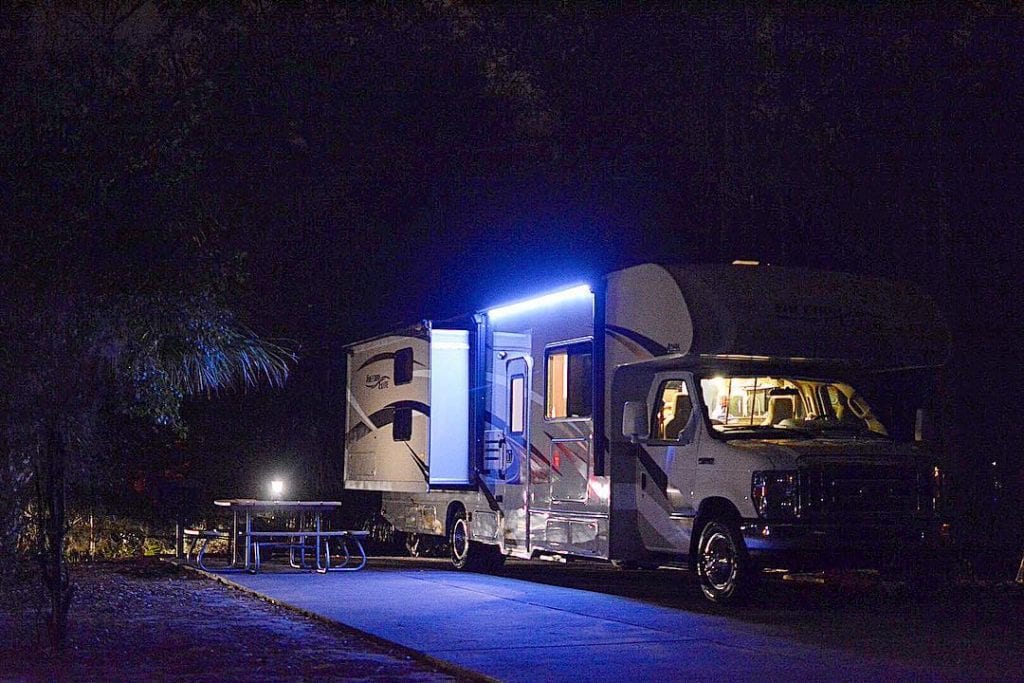
While Shellie and her family love the national parks, they also love to explore cities. Mixing motorhomes and city streets may sound like a nightmare, but Shellie offers these tips for exploring your favorite urban destinations without a car in tow:
- Look for major attractions with easy access off the highway, and look for large parking lots. Again, Google Maps is your friend. Once you park, you can navigate the city by foot or by using the methods below:
- Use Uber or Lyft. Ride-sharing apps have made it easier than ever to explore a destination without a vehicle. While many destinations have ride-sharing available, don’t take it for granted. Call your campground ahead of time to see if these options are available right from the park.
- Use public transportation. Most urban areas are easier to explore without a vehicle. Plus, you can use Uber or Lyft to reach the subway station, if needed.
How to Explore College Campuses without a Towable

Motorhomes can take you and your high school-aged children on amazing college tour road trips…but can you park your motorhome on campus? Maybe. College campuses are challenging to navigate, and parking can be a nightmare–even in a Prius.
If you’re taking a motorhome along for your tour, Shellie recommends calling ahead. The admissions office is a good starting point, but make sure the person you speak with *really* understand the size of your vehicle (comparing it to a small bus might be helpful). He/she may refer you to campus safety for more info.
Again, don’t forget to bring up the Google Map and the campus map. Be sure to consider your turning radius. One great tip Shellie gives is to park at the stadium and walk from there, if all else fails. Many colleges have a spot for tailgating, which just might offer plenty of room for your motorhome (as long as it is not a football weekend, of course!).
If you are planning a college tour road trip, don’t miss Shellie’s tips in this post: 4 Tips for Planning a College Tour RV Trip
Things to Consider Before Installing a Tow Bar
Ultimately, Shellie did eventually install a tow bar. Was this a good decision for her family? Yes and no. It solved some problems, but it created others. Before installing a tow bar, you should consider these questions, and do your research:
- Should we flat tow (with all four wheels on the ground) or use a dolly (with two wheels down)? Some toads can be only be towed one way and not another. Also, consider whether or not you will want to store a dolly at your campsite.
- What kind of toad vehicle should I use/buy? If you already have a spare vehicle to tow along, you just need to figure out what kind of tow accessories it needs to make it towable. If you are purchasing a vehicle, you’ll want to research which options fit best into your budget and setup.
- How will I feel about hooking up and unhooking the towable? This process can be a pain, to be honest. And, some setups are more time consuming than others. Shellie opted to get a Jeep due to the relative ease of the process involved in flat towing it, but even it involves several steps.
- What kind of equipment do I need? You’ll first need to find the right tow bar to match your motorhome and towable, based on the weights and bracketing. Also, you’ll need to consider the supplemental braking system. Finally, you’ll need to find a qualified installer (Shellie recommends not DIYing it).
- Is the cost investment worth it? By the time you get all of the equipment and installation handled, you could be talking about thousands of dollars (we’ve often heard numbers in the $4000-5000 range–not counting the cost of the towable!). Be prepared for some sticker shock.
- Will we like the experience of towing a vehicle? When you have a towable hooked up, you cannot back up. This can be a major annoyance. You also have the additional length to consider while maneuvering.
Click on the media player above to hear more about installing tow bars!
Final Thoughts about Tow Bars
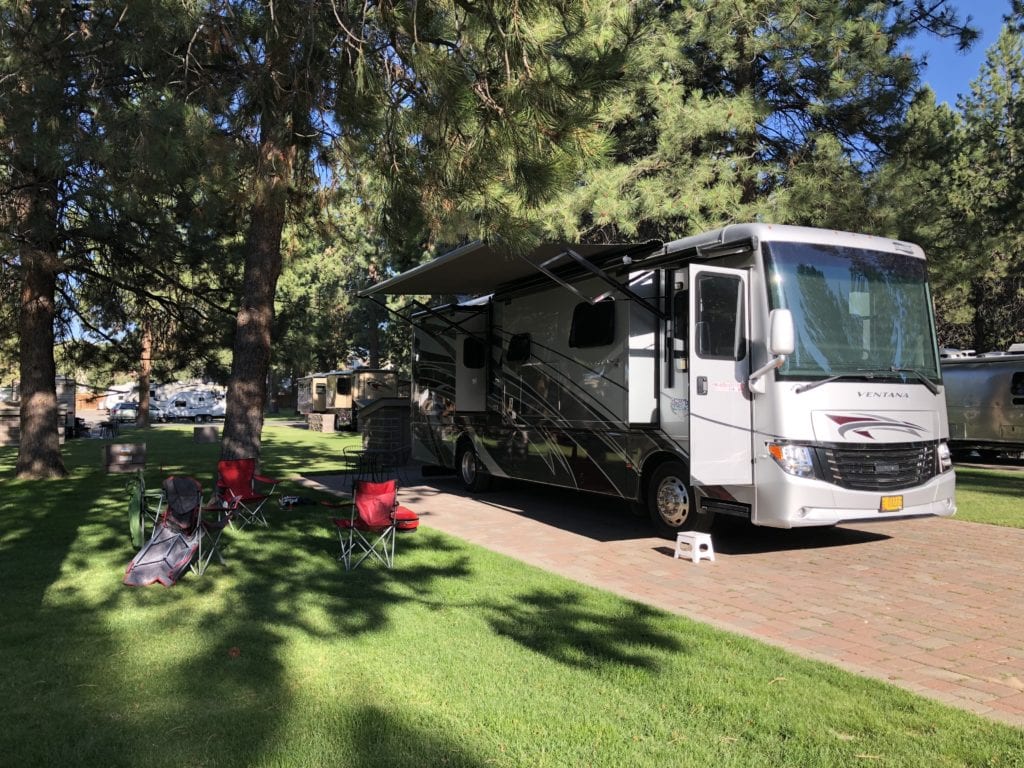
So, after all of this, what was the verdict for Shellie? To be honest, she wishes they would not have installed a tow bar. They’ve only used theirs on two trips, and even those would have been manageable without a toad. However, does this mean YOU shouldn’t get a tow bar? Absolutely not! As with many things in the RV world, the answer really depends on your needs, your budget, and your preferences. We hope Shellie’s tips help you navigate with your motorhome–with or without a tow bar.
See you at the campground,
Stephanie + Jeremy
Podcast: Play in new window | Download
